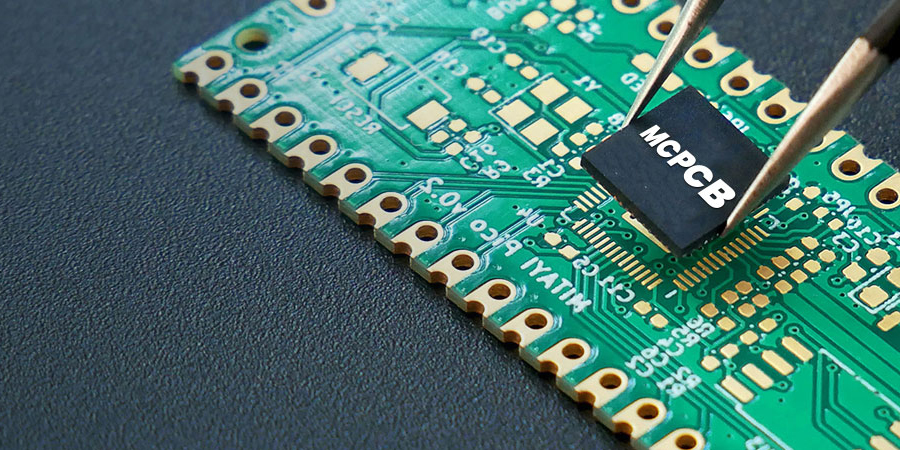Time:2023-03-09 Visit:
There are several potential problems in the 4 -layer board design. First of all, the traditional four -layer plate with a thickness of 62mil. Even if the signal layer is on the outer layer, the power supply and ground layer in the inner layer, the distance between the power layer and the ground layer is still too large.
If the cost requirement is first, you can consider the following two traditional 4 -layer board alternatives. Both schemes can improve the performance of EMI suppression, but it is only applicable to occasions where the component density is low enough and there is sufficient area around the component (placed the required power supply to cover the copper layer).

First of all, the first plan is the layer of the PCB, and the two layers in the middle are signal/power layer. The power supply on the signal layer is wiring with a wide line, which can impersonate the path current of the power current, and the impedance of the signal micro -with pathway is also low. From the perspective of EMI control, this is the existing 4 -layer PCB structure. The outside layer of the second solution takes the power supply and ground, and the signal is taken in the middle. Compared with the traditional 4 -layer board, the plan is smaller, and inter -layer impedance is as good as the traditional 4 -layer board.
If you want to control the wiring impedance, the above -mentioned stacking schemes must be carefully arranged below the power supply and ground paving copper island. In addition, the paving copper island on the power supply or the ground should be connected as much as possible to ensure the connection of DC and low -frequency.